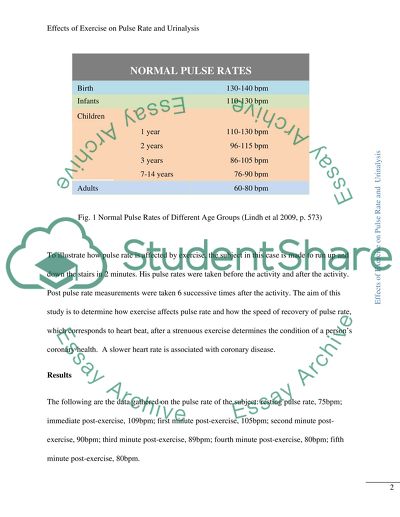Cite this document
(“Effects of exercise on pulse rate and urinalysis Essay”, n.d.)
Retrieved from https://studentshare.org/psychology/1424546-effects-of-exercise-on-pulse-rate-and-urinalysis
Retrieved from https://studentshare.org/psychology/1424546-effects-of-exercise-on-pulse-rate-and-urinalysis
(Effects of Exercise on Pulse Rate and Urinalysis Essay)
https://studentshare.org/psychology/1424546-effects-of-exercise-on-pulse-rate-and-urinalysis.
https://studentshare.org/psychology/1424546-effects-of-exercise-on-pulse-rate-and-urinalysis.
“Effects of Exercise on Pulse Rate and Urinalysis Essay”, n.d. https://studentshare.org/psychology/1424546-effects-of-exercise-on-pulse-rate-and-urinalysis.


